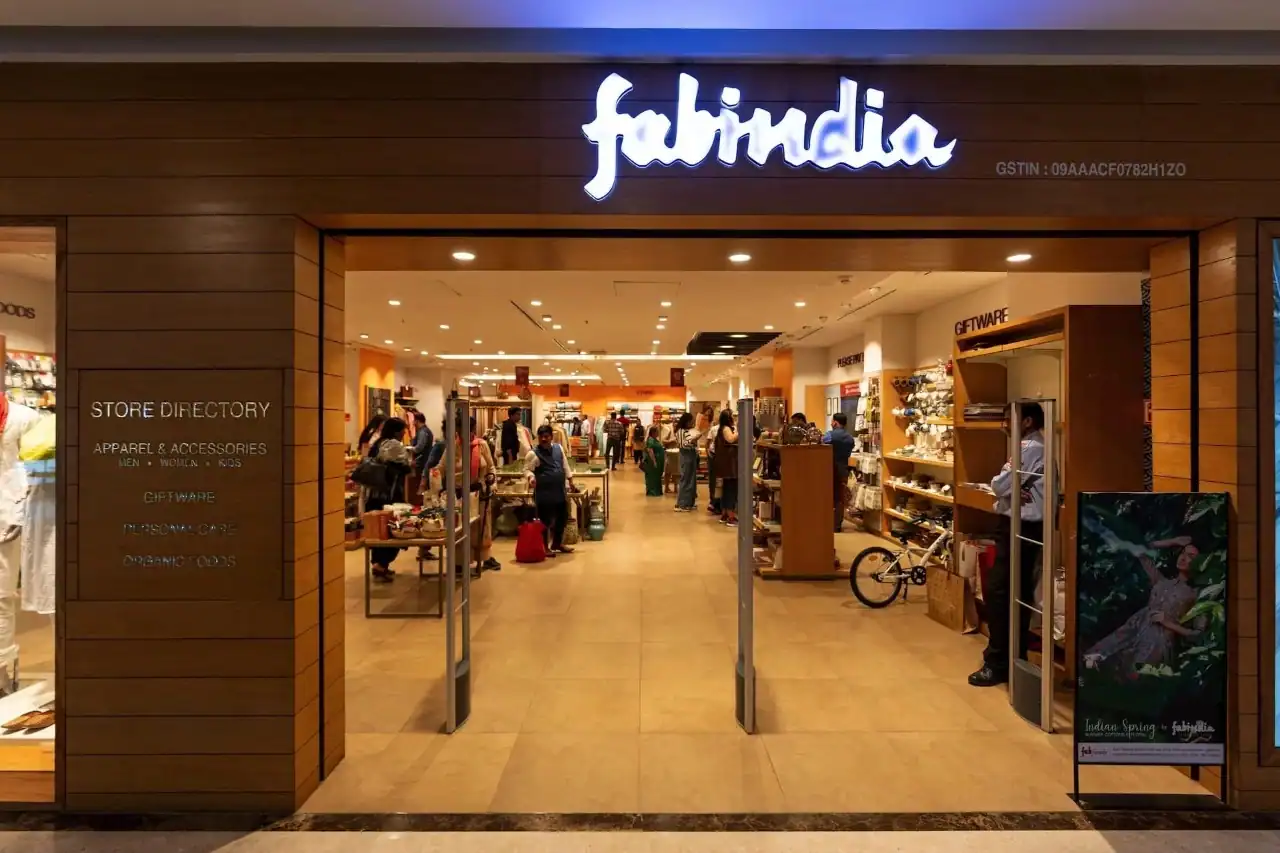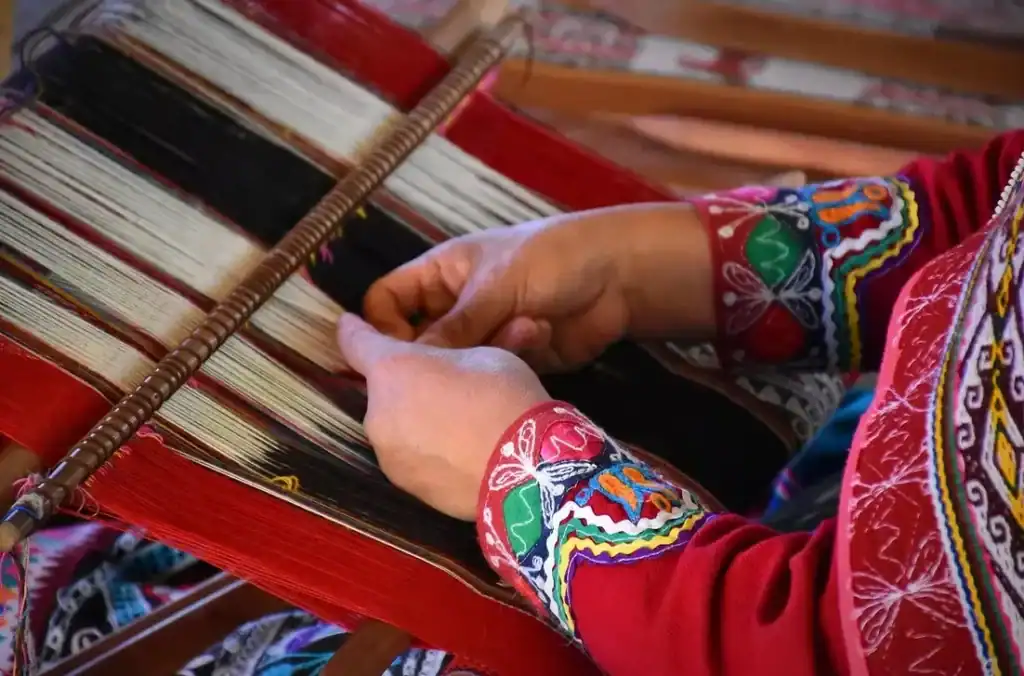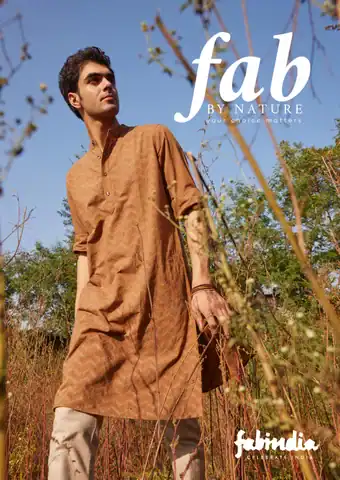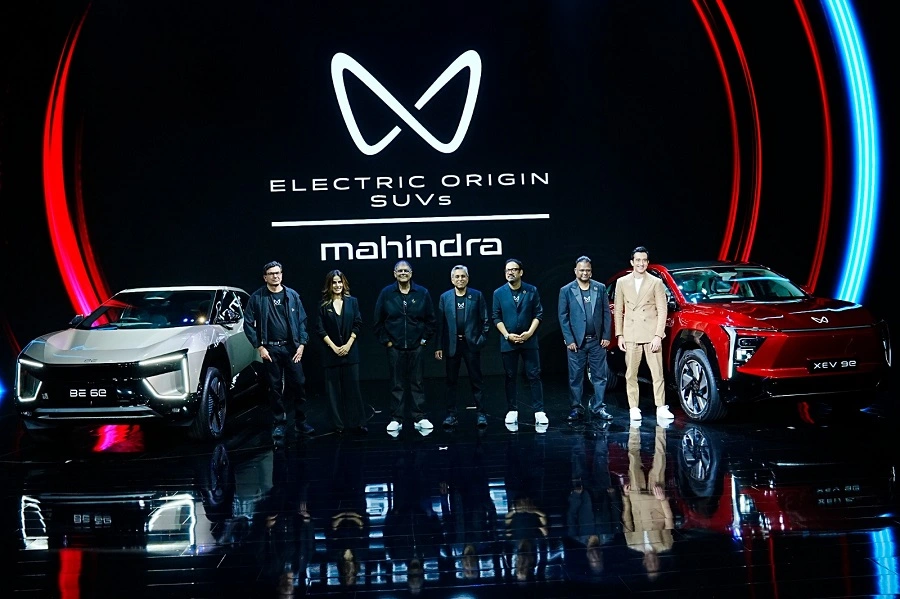
Fab India is an inspiration for its emphasis on heritage, ecology, and women’s empowerment in an industrialized world where rapid fashion and mass manufacturing rule. John Bissell, an American who was enchanted by India’s cultural legacy, established Fabindia in 1960. Since then, it has evolved into one of the most famous retail brands in India. Fabindia is a one-of-a-kind retail destination that promotes ethical and environmental practices while honoring India’s artisanal heritage via its handmade wares that combine traditional methods with modern styles. This blog article will examine the company’s background, business model, product line, sustainability initiatives, and consumer views.
The Origins of Fabindia: A Vision Rooted in Heritage
Fabindia’s story began in 1960 when John Bissell, inspired by his love for India’s handwoven fabrics and traditional craftsmanship, founded the company with a mission to promote Indian handicrafts. Initially working with a two-year Ford Foundation grant to help rural villagers create art and crafts for export, Bissell saw the potential of Indian textiles to improve artisans’ livelihoods. Starting with home furnishings for international markets, Fabindia quickly gained traction, achieving a turnover exceeding Rs. 20 lakh by the mid-1960s (Corporate Citizen).
In 1976, Fabindia expanded into domestic retail, opening its first store in Greater Kailash, New Delhi. Under the leadership of John Bissell’s son, William Nanda Bissell, the brand grew significantly, establishing a strong presence both in India and abroad.
A Unique Business Model: Empowering Artisans

Fab India’s success major reason is its business philosophy, which involves working directly with craftsmen from rural areas. Supplier Region Companies (SRCs) are community-owned businesses that were established in 2007 as part of William Bissell’s Vision Plan to tackle supply chain issues. Through these SRCs, the firm gets its goods. These SRCs aggregate weavers, craftsmen, and craft workers in particular locations, allowing them joint ownership, access to training, and common facilities. Each SRC is 49% owned by Fabindia, 26% by artisans, and 25% by other workers; shares may be traded twice a year for liquidity purposes (The Strategy Story).
This methodology guarantees that craftspeople get fair remuneration and creates sustained rural employment. More than 90,000 craftsmen and 50,000 weavers from all around India work with Fab India, which helps them connect with urban and worldwide markets. The firm also launched Artisan Micro Finance Private Limited (AMFPL) to finance SRCs, further enhancing artisans’ economic stability. Stringent quality control systems, such as Global Support Practices, provide consistency, with regional shops empowered to accept or reject shipments depending on quality requirements.
| Aspect | Details |
|---|---|
| Formation | SRCs formed in 2007 to address supply chain issues. |
| Purpose | Consolidate artisans, offer joint ownership, training, and facilities. |
| Structure | 100% community-owned; Fab India (49%), artisans (26%), employees (25%). |
| Funding | Supported by Artisan Micro Finance Private Limited (AMFPL). |
| Impact | Empowers over 50,000 weavers and 90,000 artisans, sustains rural employment. |
This innovative approach not only preserves traditional crafts but also empowers artisans economically and socially, making Fab India a model for sustainable business practices (LinkedIn).
A Diverse Product Range: Blending Tradition and Modernity
Fab India’s product portfolio is a vibrant celebration of India’s artisanal heritage, offering a wide range of items that appeal to modern sensibilities. The brand’s offerings include:
- Clothing: Handwoven sarees, kurtas, and western wear for men, women, and children, featuring natural materials like cotton, linen, and silk.
- Home Decor: Furniture, furnishings, and accessories, such as intricately embroidered cushions and handcrafted ceramics.
- Organic Food: Spices, snacks, and other products sourced sustainably, emphasizing traditional Indian ingredients.
- Personal Care: Eco-friendly skincare and body care products, often made with natural and organic components.
- Jewelry and Accessories: Handcrafted bags, footwear, and jewelry that complement the brand’s aesthetic.
Each product indicates Fab India’s dedication to quality, authenticity, and sustainability, employing traditional processes like block printing and handweaving. The brand’s ability to mix historical workmanship with modern styles has earned it a popular among urban customers and foreign buyers alike (Wikipedia).
Commitment to Sustainability: A Greener Future


Sustainability is at the heart of Fab India’s ethos, with the brand actively pursuing eco-friendly practices. In 2022 and 2023, Fab India launched initiatives such as the ‘Fab by Nature’ line, which offers sustainable men’s and women’s fashion, as well as collections that recycle materials into clothing and homeware (Fashion Network, The CSR Journal). Fabindia decreases its environmental impact and promotes responsible consumption by using natural, recyclable, and upcycled items,
The brand’s dining branch, Fabcafe, displays this commitment by using alternative products such as banana flour and palm jaggery to create healthy, guilt-free meals that represent Indian culinary traditions (Elle India). These activities establish Fab India as a leader in sustainable fashion and lifestyle that attract environmentally conscious shoppers.
Customer Experience: Quality with a Purpose
Fab India’s customers often praise the brand for its high-quality products and the meaningful stories behind them. Social media feedback highlights the calming ambiance of Fab India stores, helpful staff, and the joy of supporting artisans. For instance, one customer shared, “Just bought a beautiful kurta from Fabindia. The quality is amazing, and I love supporting artisans” (X post). Another noted the appeal of the organic food section, describing the spices as “top-notch” (X post).
However, some customers express concerns about pricing, with one stating, “Fabindia is unnecessarily expensive in the name of authenticity” (X post). Others acknowledge that the cost reflects the value of handmade, ethically produced goods, with one customer commenting, “The prices at Fab India are a bit high, but you pay for the quality and the story behind each product” (X post). These varied perspectives highlight Fabindia’s appeal to those who value quality and purpose, even as it navigates pricing challenges.
Market Presence and Growth
Fabindia’s broad retail network points out its market dominance. As of March 31, 2023, Fabindia operated 355 stores across India (231 owned + 124 franchisee), with additional plans to grow further through franchising. The launch of “experience stores” in 2017, which feature Fabcafe, kids’ zones, and wellness sections, has further improved sales, with these bigger layouts producing better revenues than normal stores (ET Retail).
Although Fab India intended an initial public offering (IPO) in 2022 to raise around $482 million, it canceled the proposal in 2023 because of poor market circumstances (Business Standard). This strategic choice indicates the brand’s conservative approach to development that values stability over quick expansion.
Conclusion: A Movement Beyond Retail
Fabindia is a movement that honors India’s cultural legacy, supports sustainable living, and helps rural artisans. It is more than just a retail brand. In the highly competitive retail industry, Fabindia has established a distinctive niche for itself thanks to its creative business strategy, wide choice of products, and dedication to environmentally responsible procedures. Fabindia’s eternal appeal continues to resonate as clients seek sustainability and authenticity more and more, which makes it a worldwide model for ethical business practices and a true emblem of Indian craftsmanship.

If you like reading such posts, check out my blog page
Key Citations
- Fabindia – Wikipedia
- CORPORATE HISTORY: FabIndia – Redefining ethnic India
- Evolution of Fabindia business model – The Strategy Story
- Fabindia: A Model for Sustainable Business – LinkedIn
- FabIndia increases focus on sustainability with ‘Fab by Nature’
- Fabindia’s journey of transforming trash to treasure – The CSR Journal
- Taking A Look At Fabindia’s Powerful Collective Over Six Decades – Elle India
- Fabindia bets big on Experience stores; witnesses better sales – ET Retail
- Fabindia withdraws $482 million IPO due to rough market conditions – Business Standard



